From habitat magazine - issue 38, modern living
Create stylish, functional spaces by following the principles of fluid design.
They say change is the only constant in life, but as we have all found, the pace of change has steadily increased over the past few years. The pandemic, which saw many of us working or learning from home, cast the spotlight on work/life balance and mental health. ‘Balance’ being the operative word as our homes now need to function in ways that offer greater flexibility.
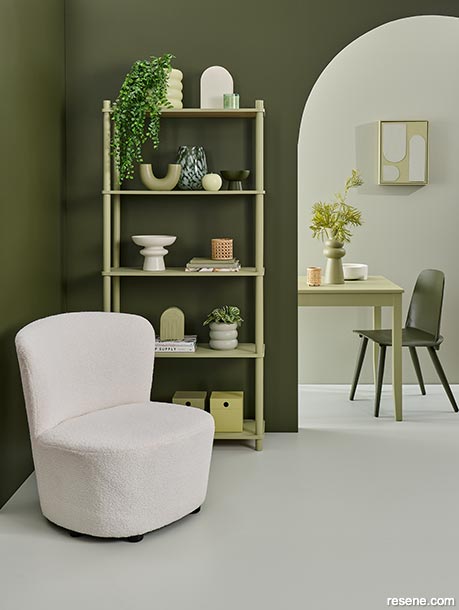
Enter the rise of the ‘fluid home’. London-based architecture and design firm Alessandro Isola named a recent project the Fluid House, fluid referring to the fluidity of the design, not the home’s luxuriously long lap pool. While the 700-square-metre floor plan and sky-scraping budget might be beyond the means of most of us, the design ideas – where the kitchen also functions as an office and walls hide storage and cooking areas – provide lots of design inspiration. Luckily for those without million-dollar budgets, there are many tricks to creating fluidity using Resene paint and design nous.
“Covid-19 has forever changed how we live in our homes,” says interior designer Vanessa Nouwens. “With many people working from home, even for a few days a week, there’s a greater need to create flexible spaces.”
Since the 1990s, open-plan living has taken top billing, with real estate listings boasting renovated villas and bungalows with walls knocked away to combine kitchen, dining and living areas. Open-plan spaces have many benefits – more light, easier entertaining and socialising areas and better traffic flow among them. But there are drawbacks to open design. Open spaces can quickly look messy, particularly when you can see the kitchen dishes from the living area. Throw in family members working from home, and it’s a recipe for stress. One way to make an openplan space multifunctional is to create activity zones, says interior designer Megan Harrison-Turner.
Colour and paint are some of the easiest and most affordable ways to create zones for eating, watching TV or quiet spaces. “One of the classic ways to create multifunctional zones is to ‘zone’ by colour using a different-coloured feature wall in the dining area, living space and kitchen,” Megan says. “Add another colour for a study zone if needed.” When choosing colours for different zones, consider how you might use them. For example, reading areas benefit from restful greens like Resene Scrub; spaces such as dining rooms – where lots of conversations take place – suit more energetic, yellow-toned greens like Resene Lemon Grass.
“Keeping the ceiling and flooring the same colour will link the spaces, and if possible, have the zones in different sizes to create better movement, progression and pace,” says Megan. “This will also help each zone to feel distinctive. Adding a rug the same colour as the zone colour reinforces the division of space.”
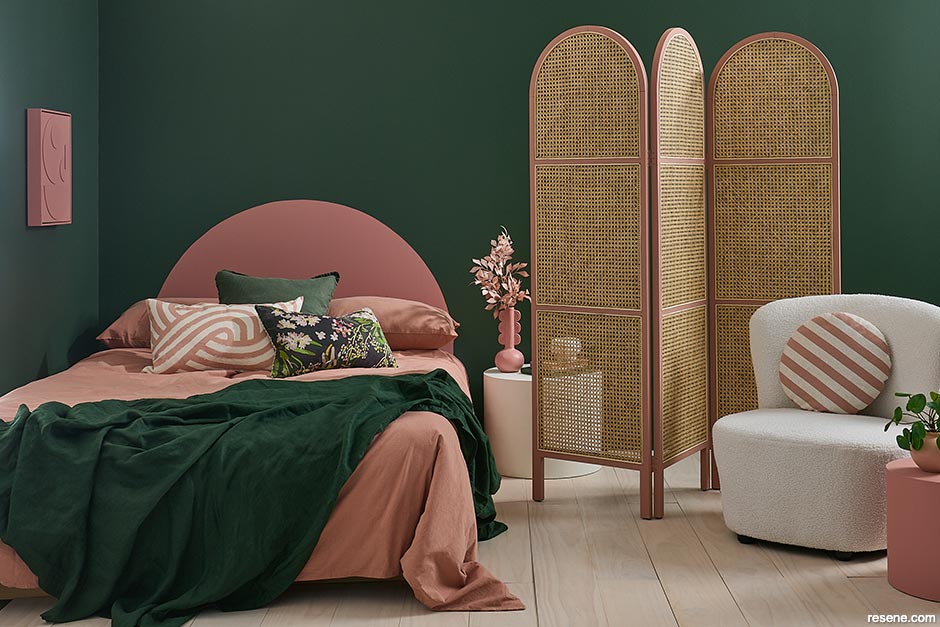
Choosing the right furniture pieces and using them unexpectedly can also help create zones. “An open bookshelf can be used as a room divider, as can a sofa placed mid-room instead of against a wall. A trough of plants can be another good way to separate spaces,” says Megan. Painting your floor a different colour using Resene Walk-on flooring and paving paint can partition off areas, and the floor can be easily painted over again if your lifestyle changes. Painted screens and room dividers are cost-effective ways to hide aspects you might not want to see, such as a desk in an open living area or bedroom.
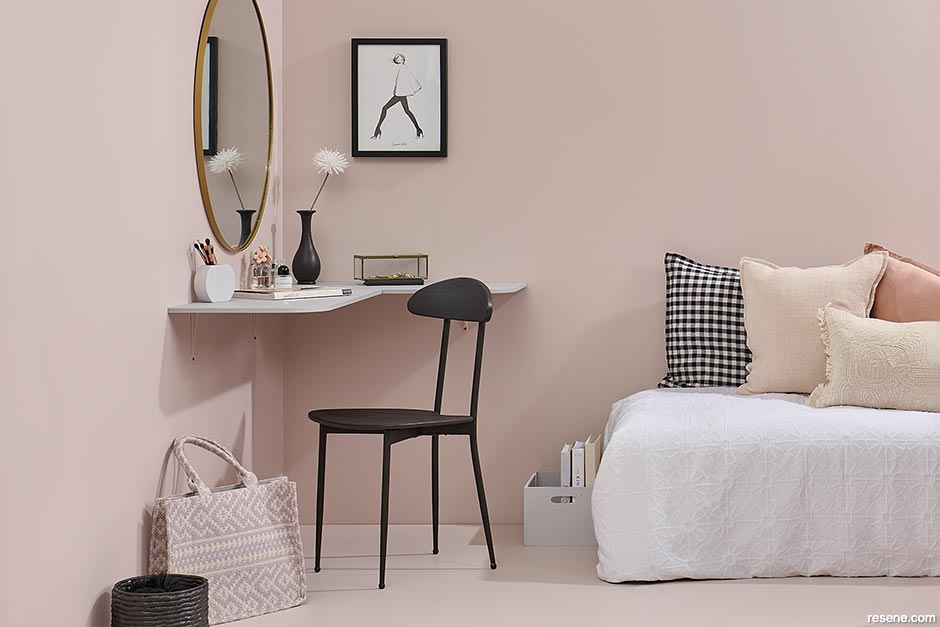
You could even paint the screen a different colour on each side to create flexibility – perhaps use a soothing hue such as Resene Kinship in a study area and a restful pink like Resene Contented on the side visible from the bed. “Study or office spaces can be incorporated into a living area, tucked into a corner or in a large cupboard space that you can shut off with louvred doors or a sliding barn door painted the same colour as the wall, so it blends in,” says Resene Colour Consultant Jackie Nicholls.
“It is often nicer to be working in a space that’s part of a living area rather than tucked away, and it’s also great for keeping an eye on kids studying.” Choosing the right furniture pieces is important. Modular sofas are handy if you often need to reconfigure your living area.
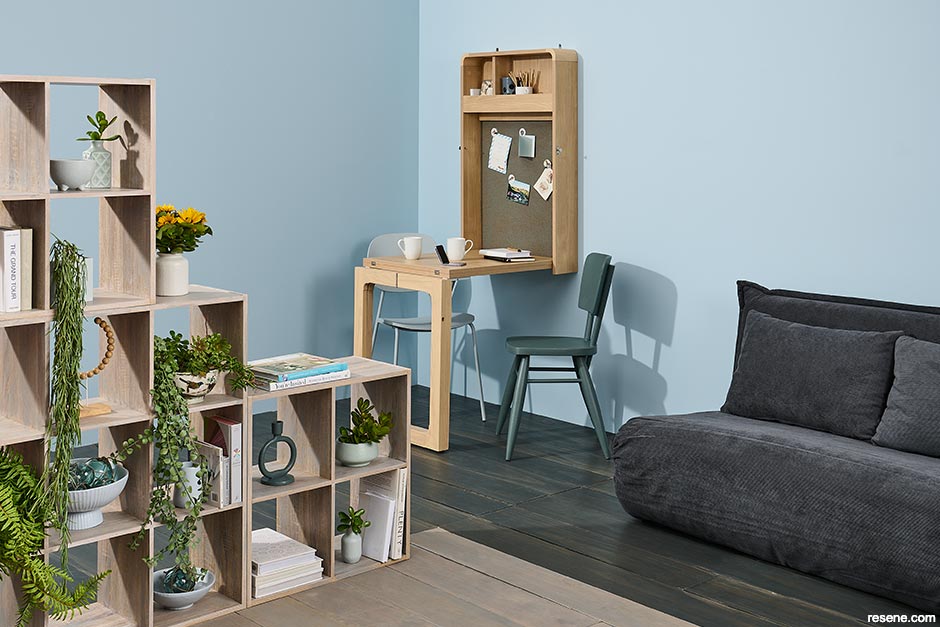
Some rooms are easy to adapt as your lifestyle changes. Guest bedrooms are the obvious choice for a new meditation or yoga area as they are often simple, without many distractions but don’t overlook your garage, says Jackie. “A garage is another space that can double as a children’s play area, music space, a teenager’s hangout or a gym. A corner painted in a moody, warm colour, such as Resene Field Day, Resene Antique Brass or Resene Soiree, will give it an inviting vibe. Panels of Resene wallpaper add interest too. Have fun, or let the kids decorate with artwork created with Resene testpots.”
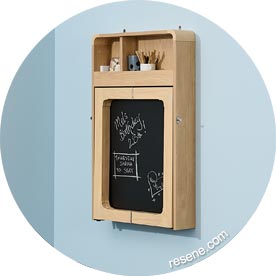
If you find your work situation evolves, your family expands, or you need to create a new space for balance and relaxation, the great thing about paint is it’s a cost-effective way to shake things up. Even better, it’s easy to paint over any of your designs should life throw up even more changes.
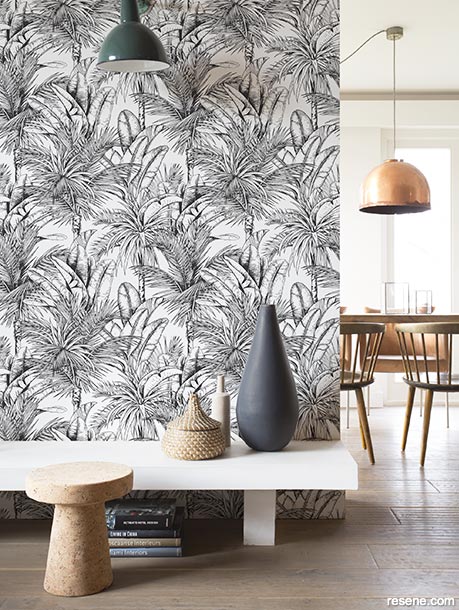
Use wallpaper on screens or partitions to create different zones in your home. Resene Wallpaper Collection 478013 creates a relaxed tropical space for reading, separated from the dining area with neutrals such as Resene Colorwood Natural, Resene Nocturnal and Resene Half Spanish White.
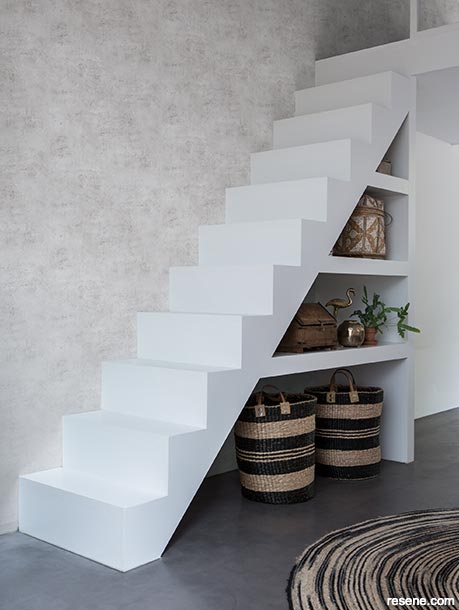
Space under a staircase can become a desk area, storage or even a reading nook. Resene Wallpaper Collection 939521 creates warmth and cosy texture in an otherwise stark industrial space. Layer the neutral colours by painting the stairs and shelving in Resene Alabaster and flooring in Resene Shark to create a fresh and dynamic look.

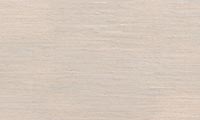




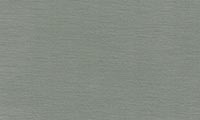
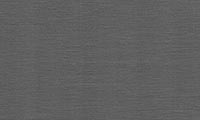
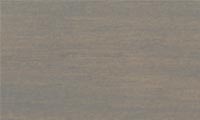


Projects: Megan Harrison-Turner, Vanessa Nouwens, Melle Van Sambeek
Words: Emma Rawson
Images: Bryce Carleton
Search habitat magazine stories
Printed copies of habitat highlights are available from late March 2024 at Resene ColorShops and resellers, while stocks last. You can view back issues of habitat magazine online.
Specifiers:
If you have an idea, project or story that you think would suit habitat, we’d love to hear from you. Please drop us an email with your details and include photos if submitting a project.
Sign up for a DIY card and Save! Australia | New Zealand